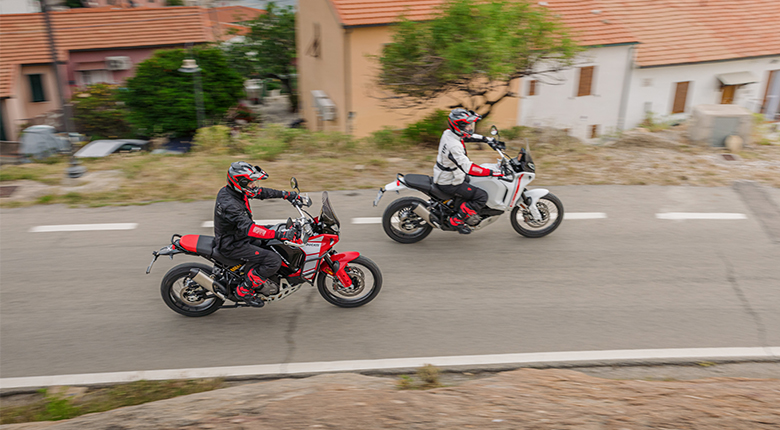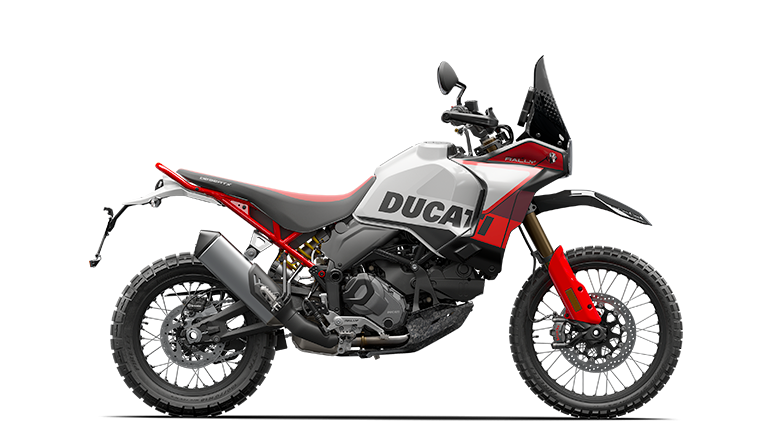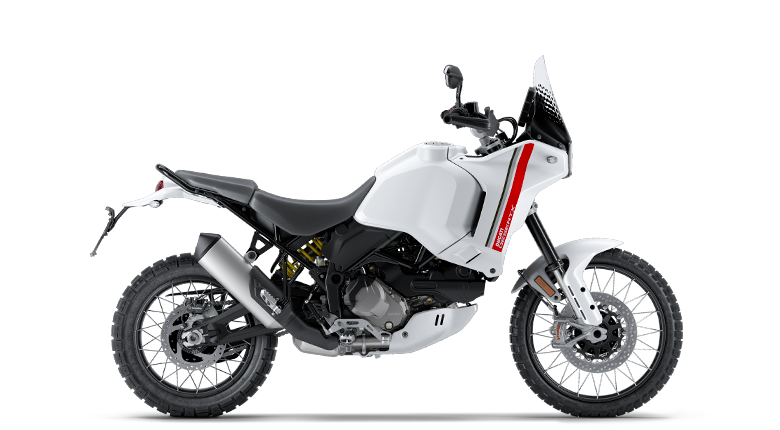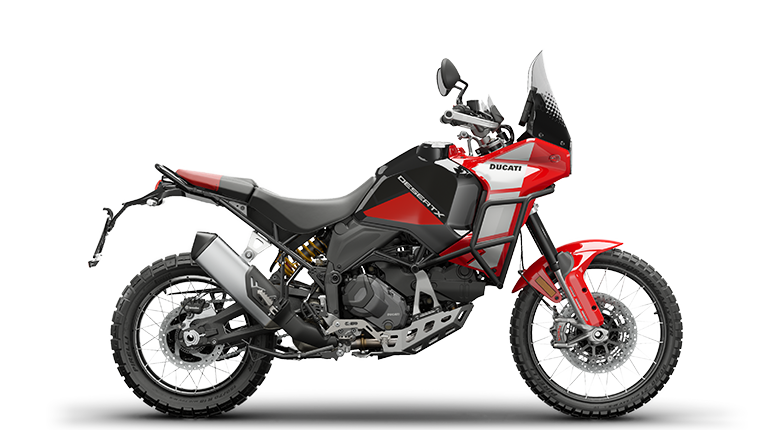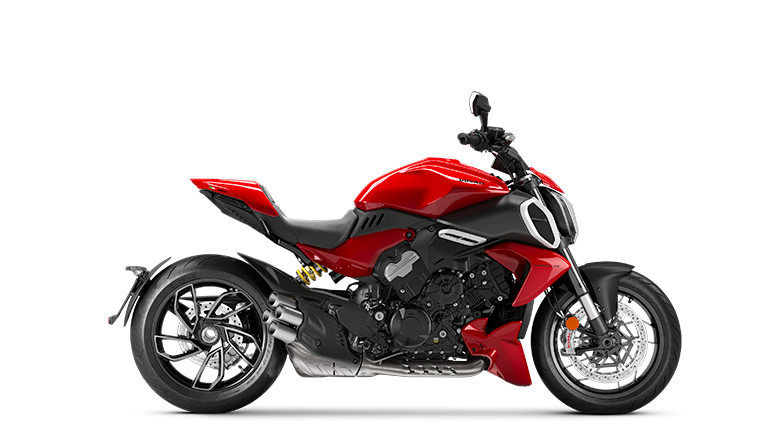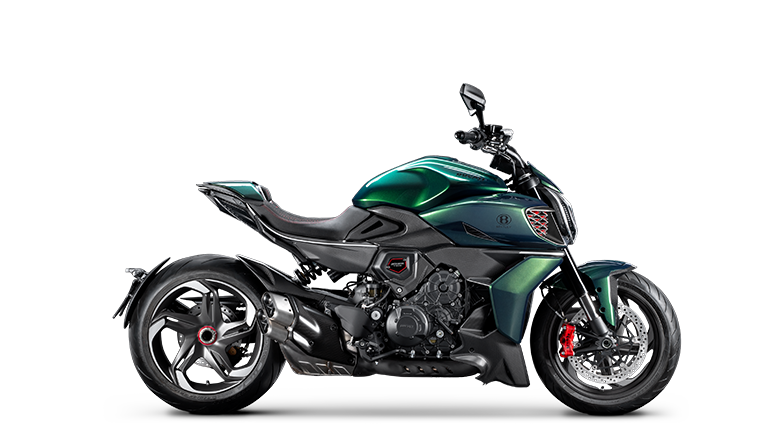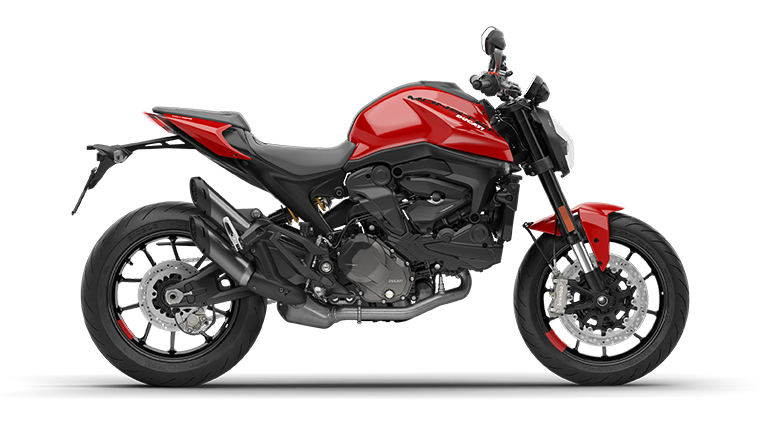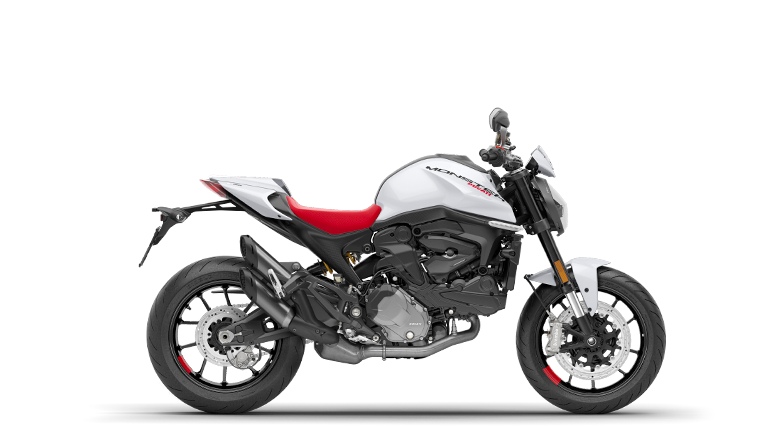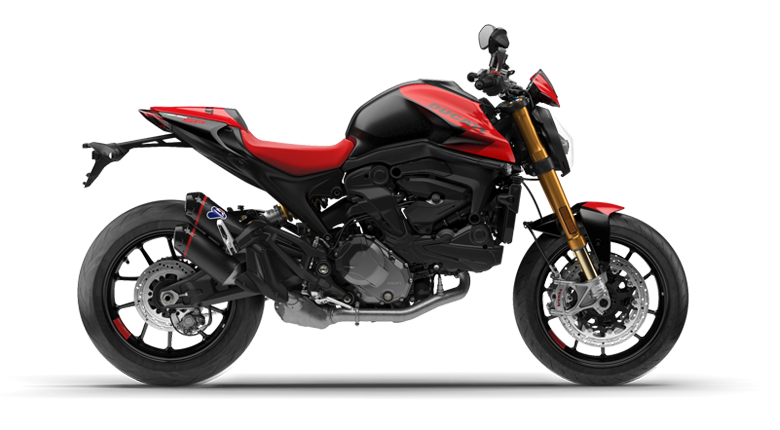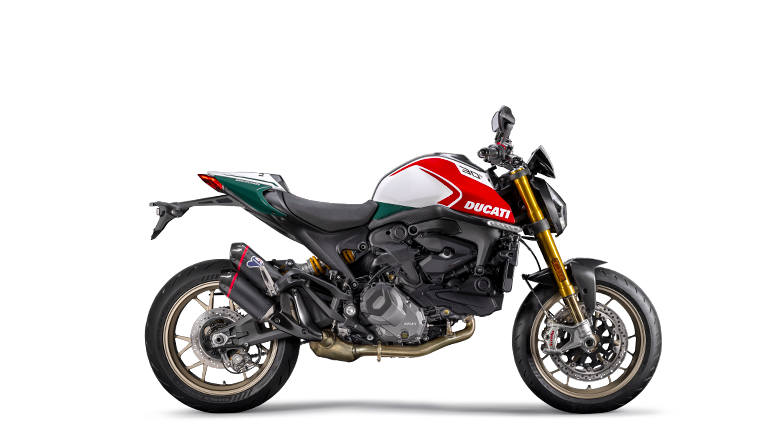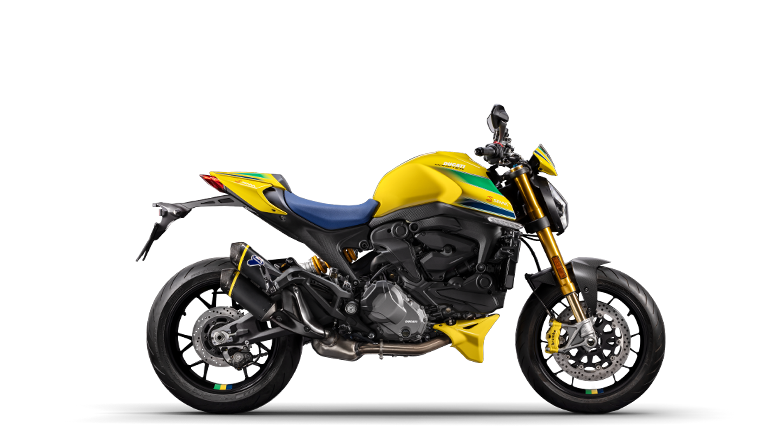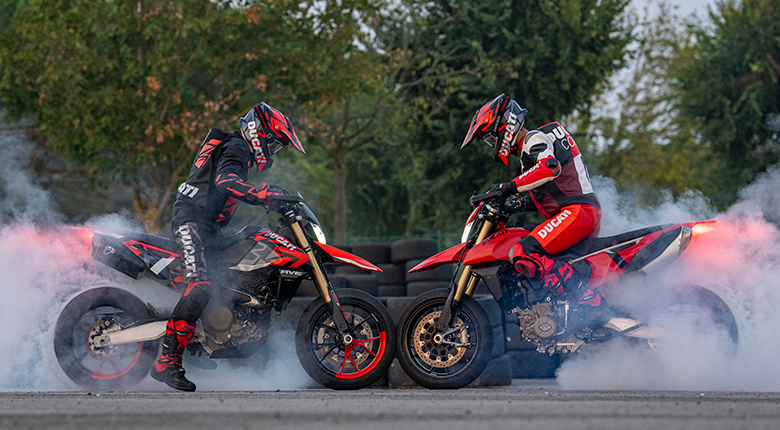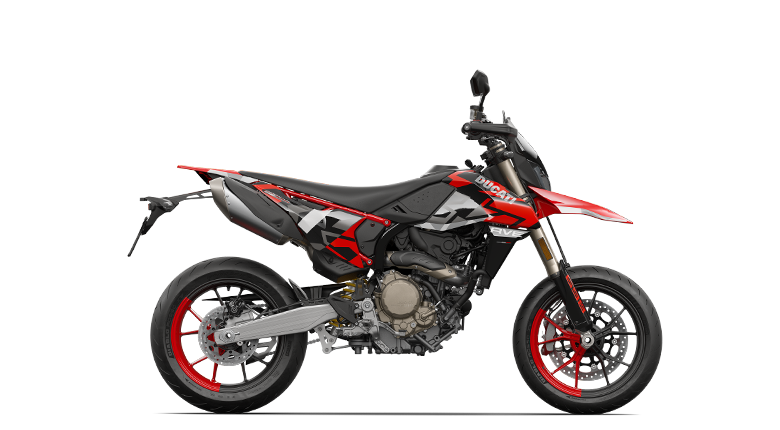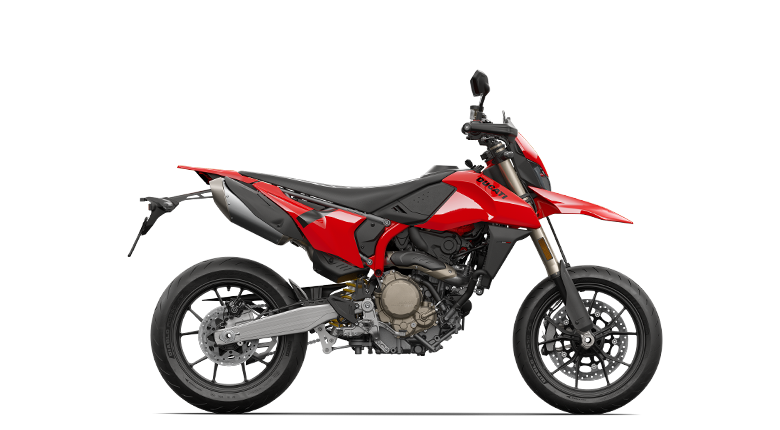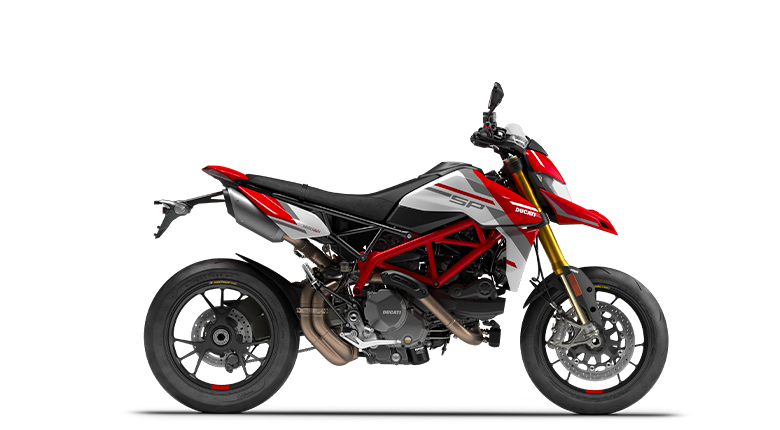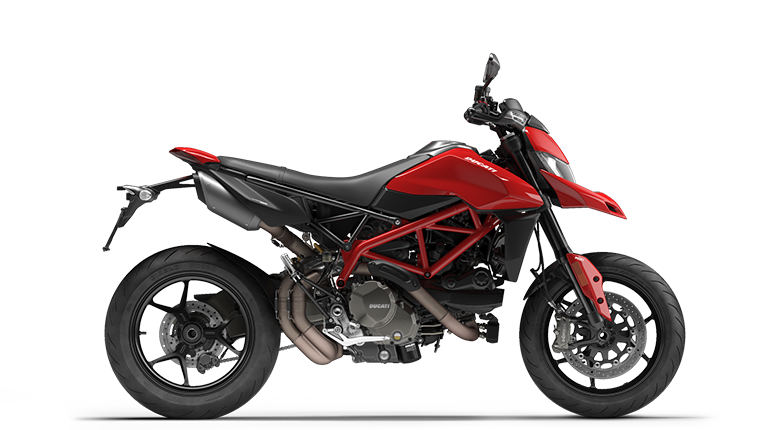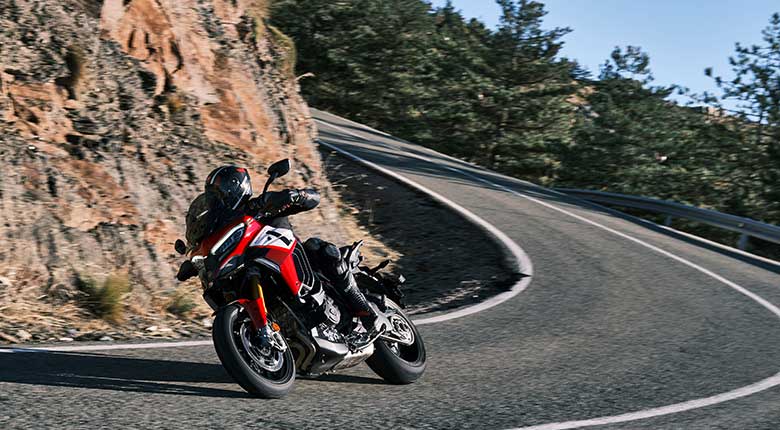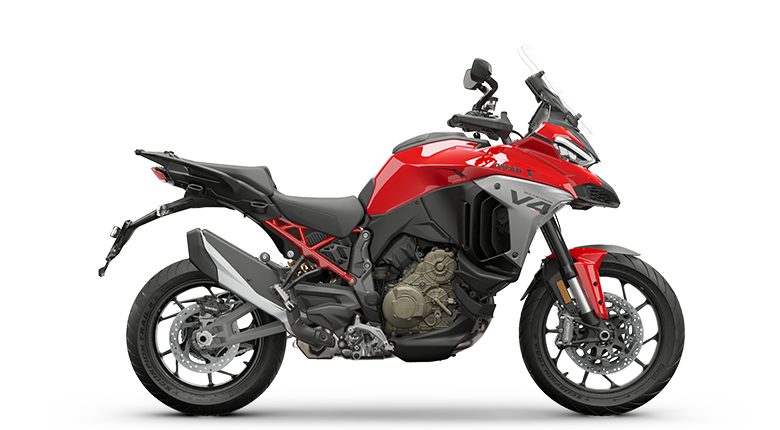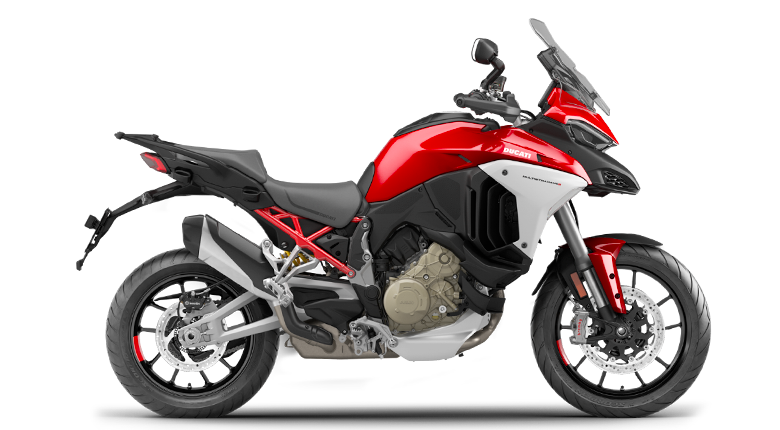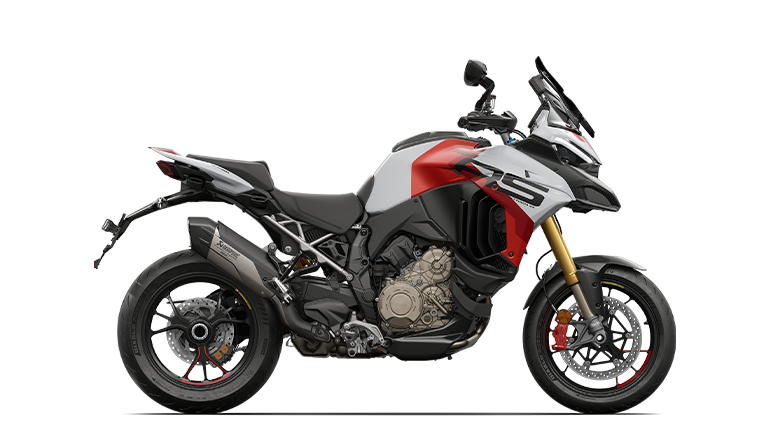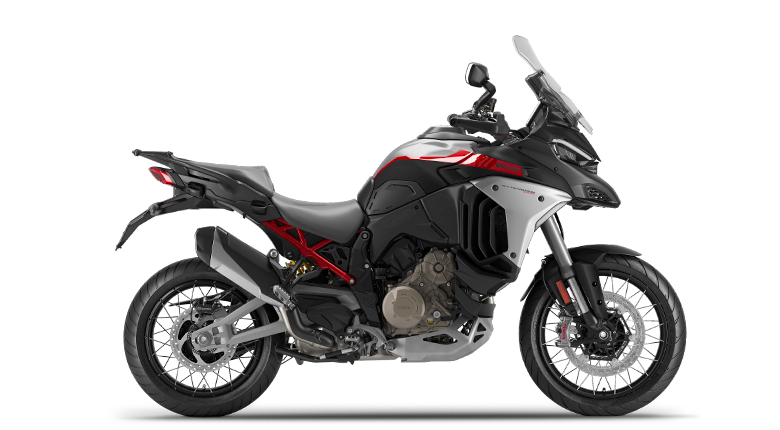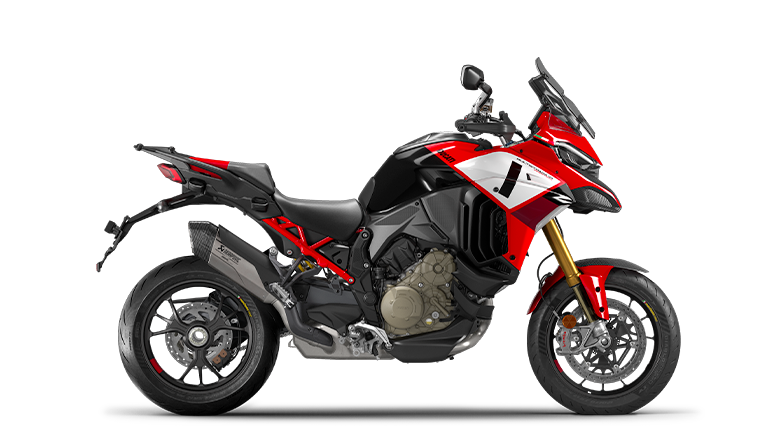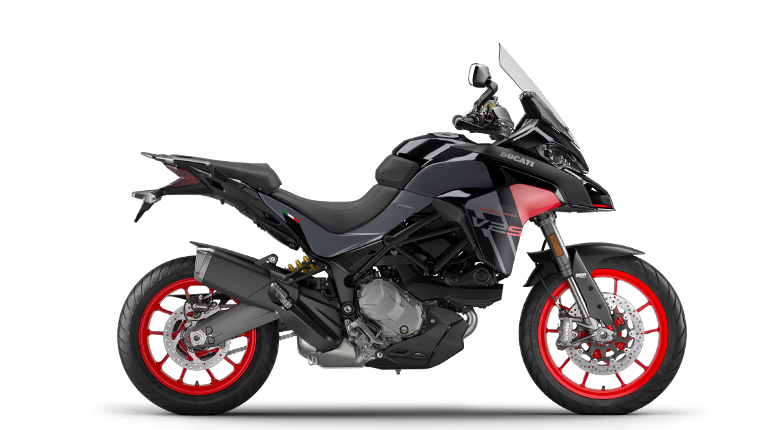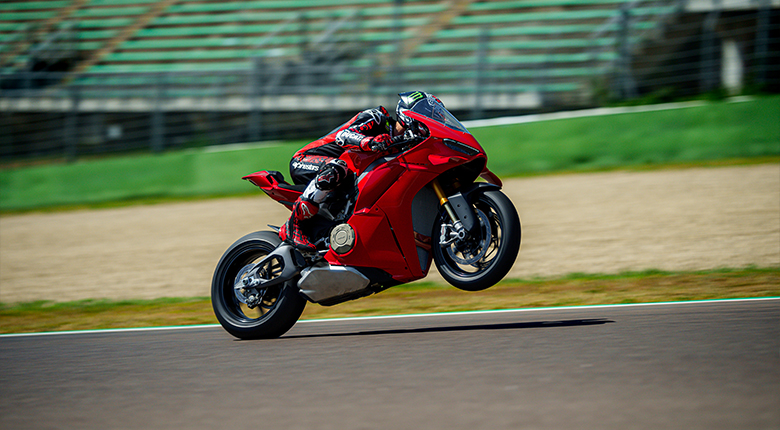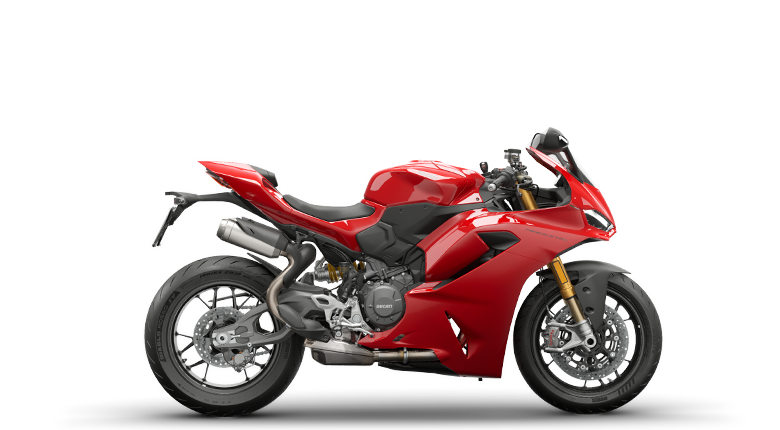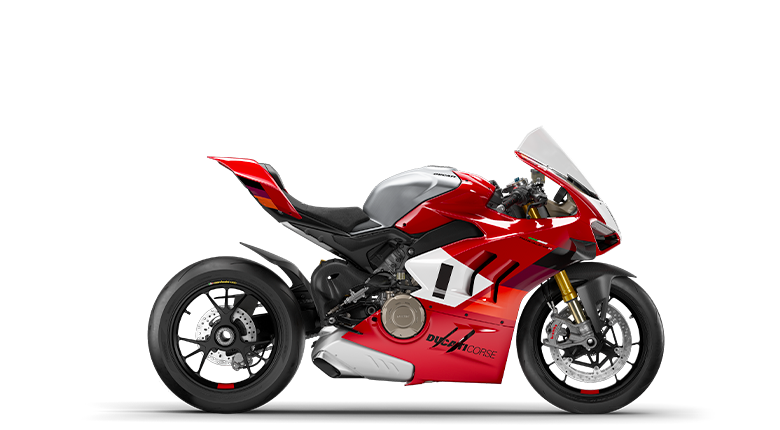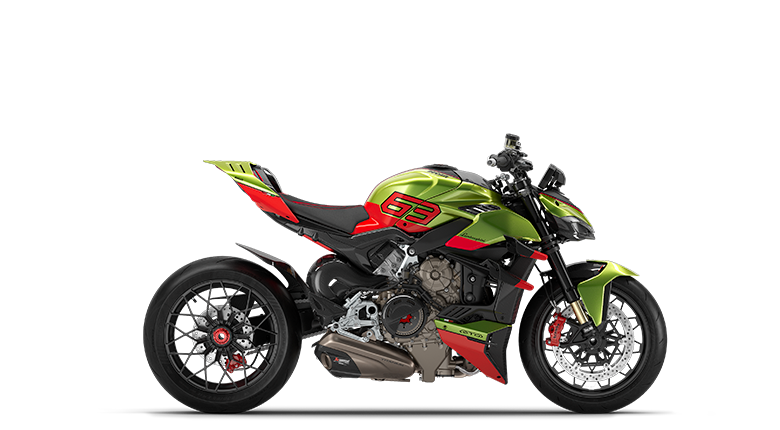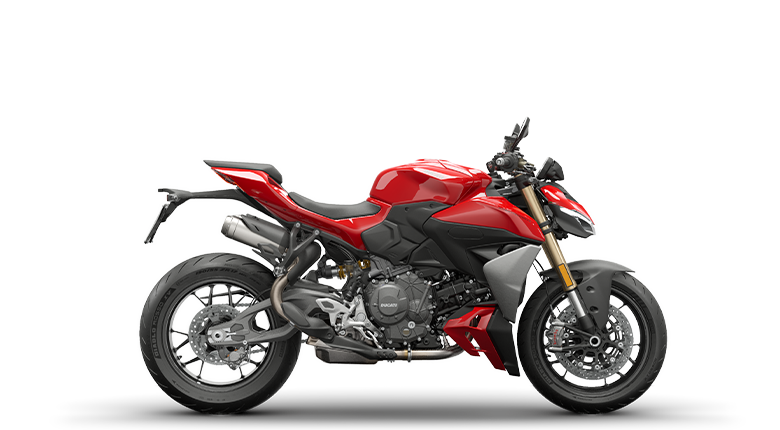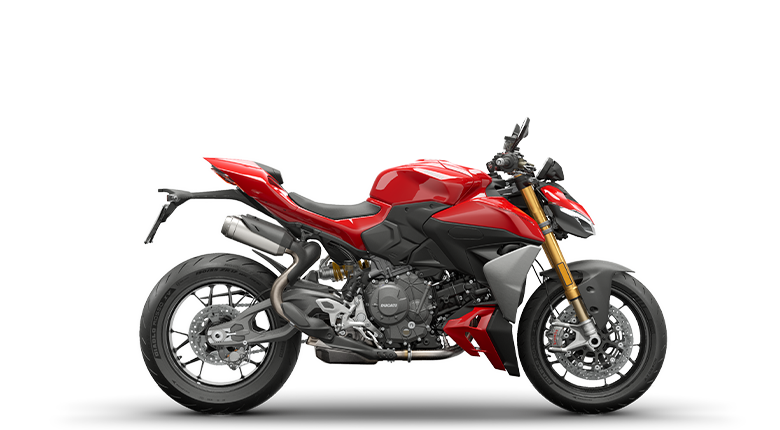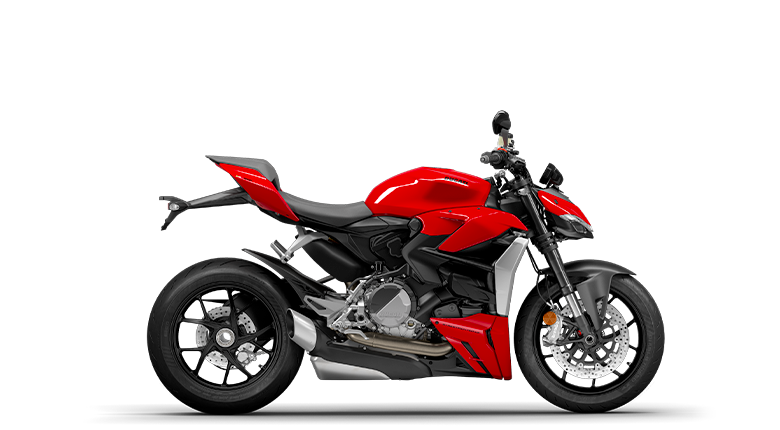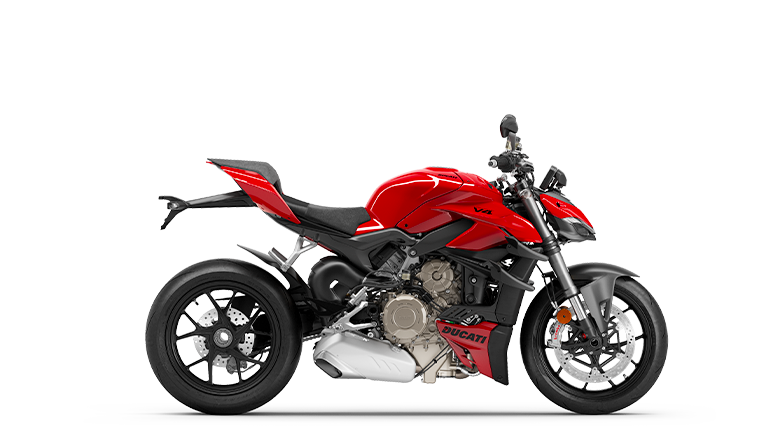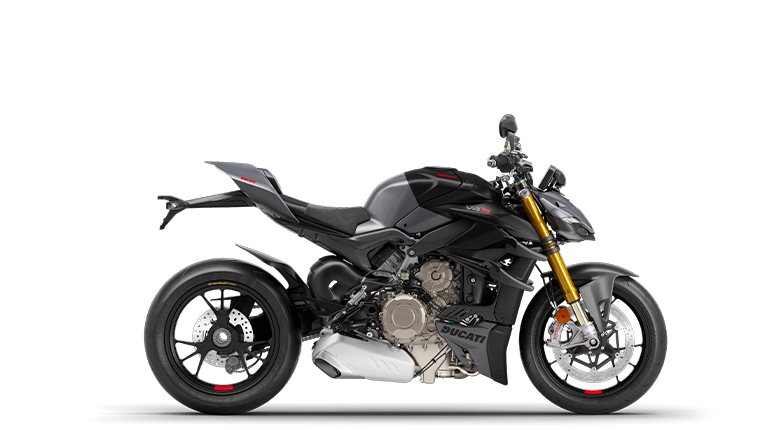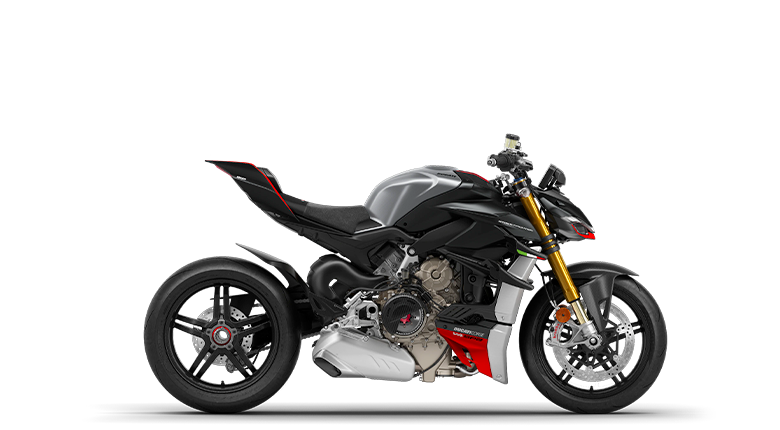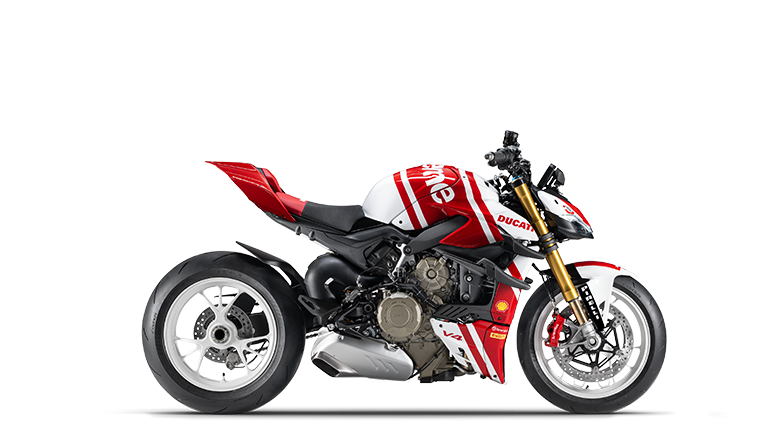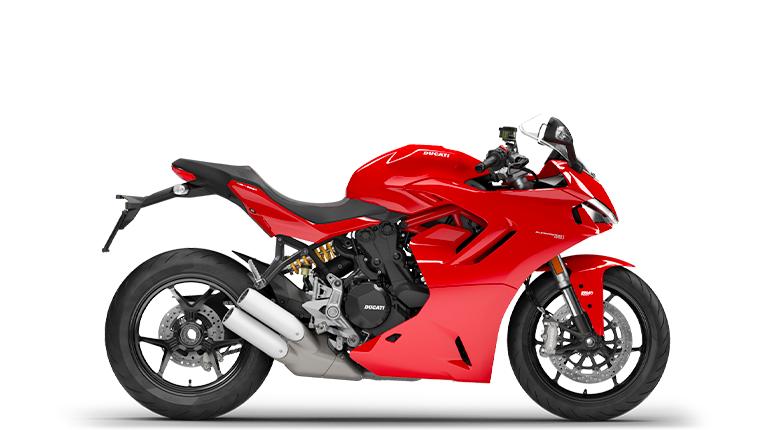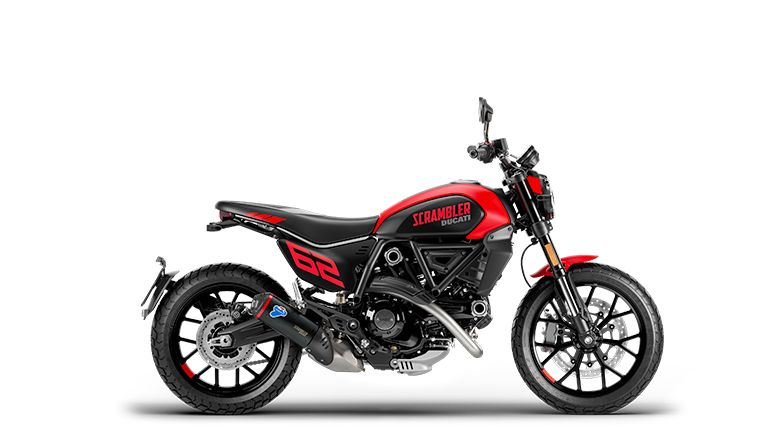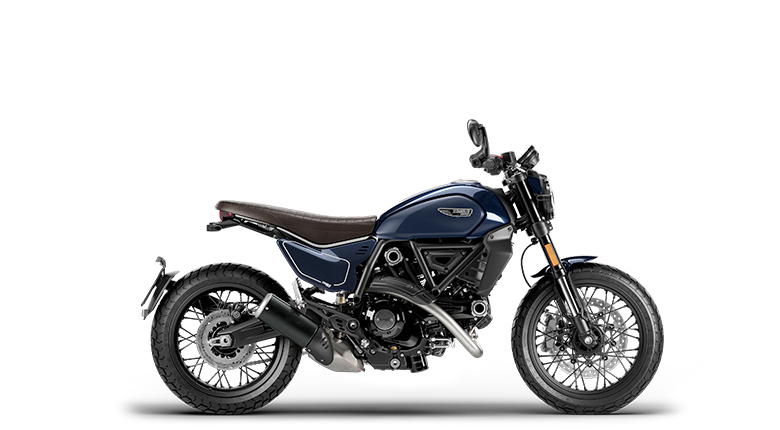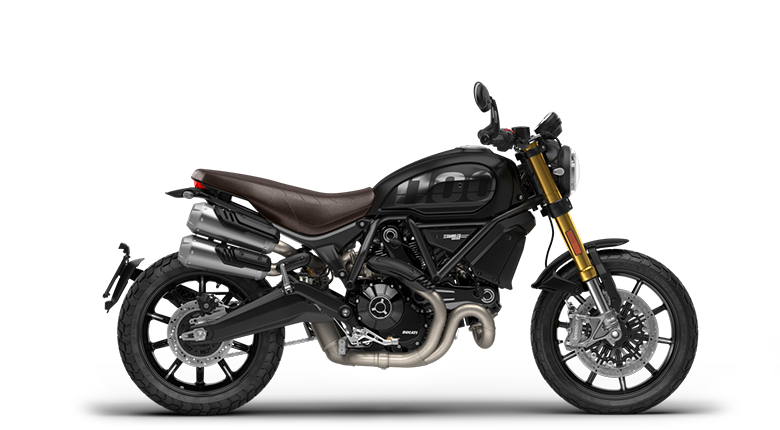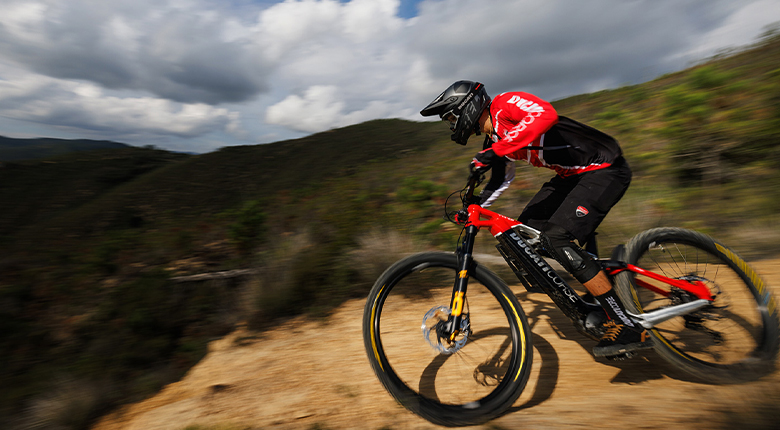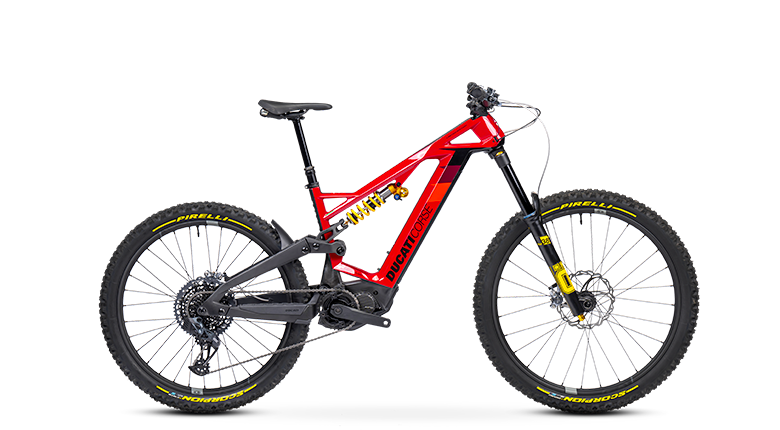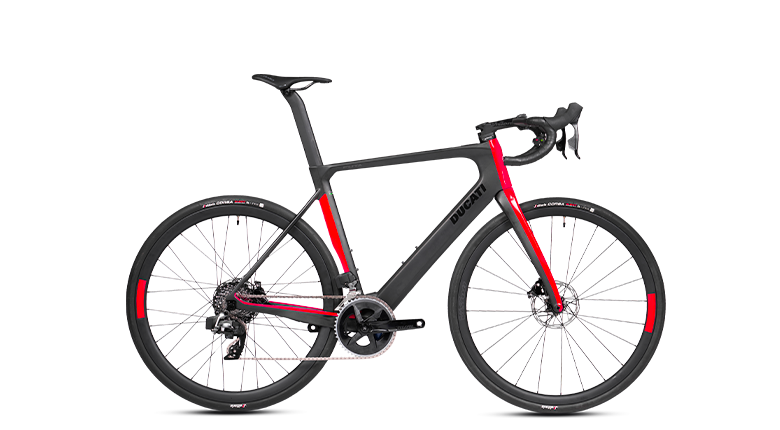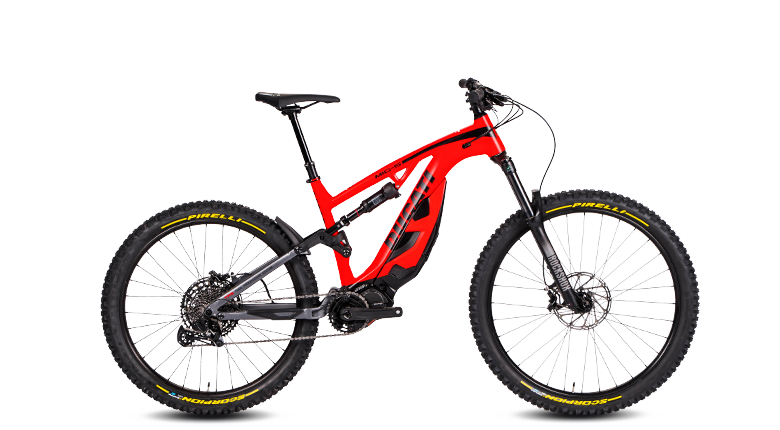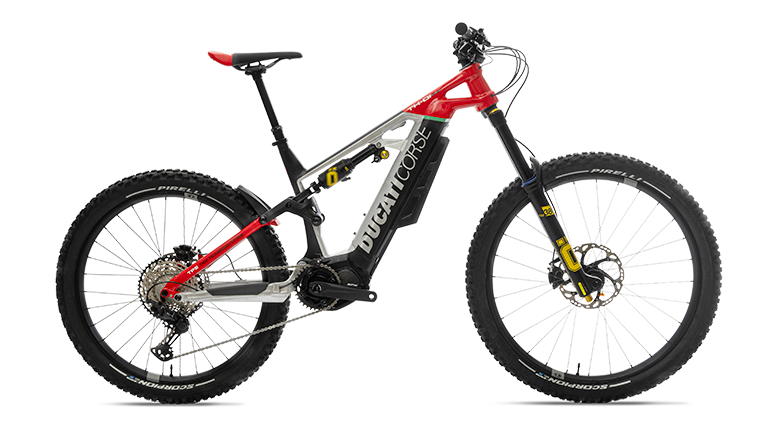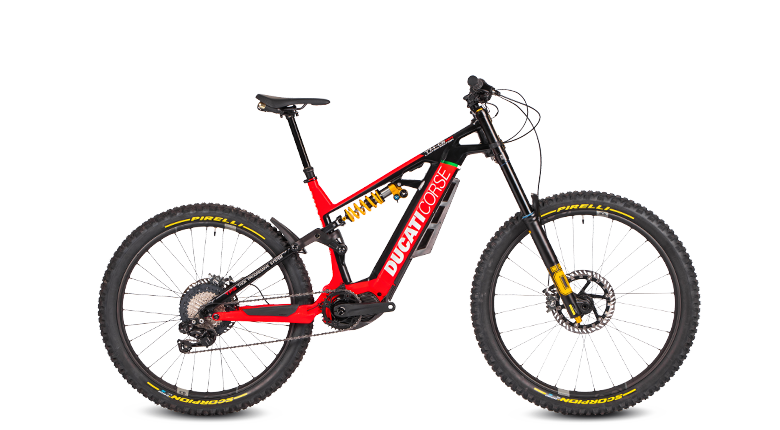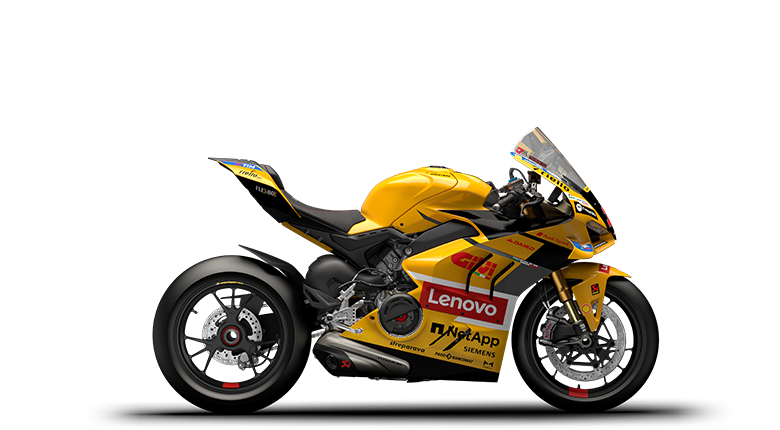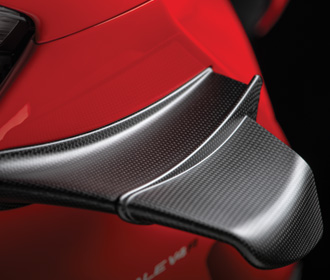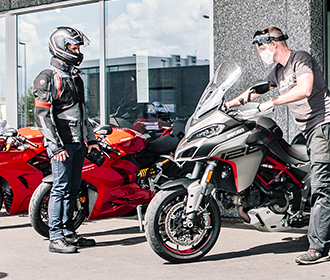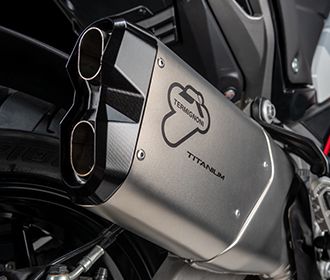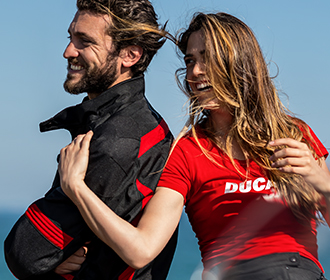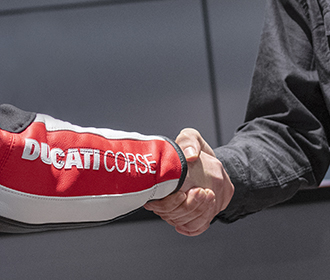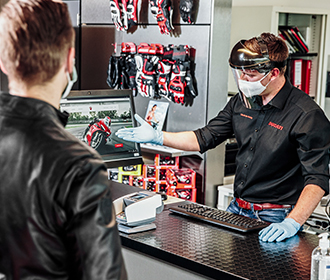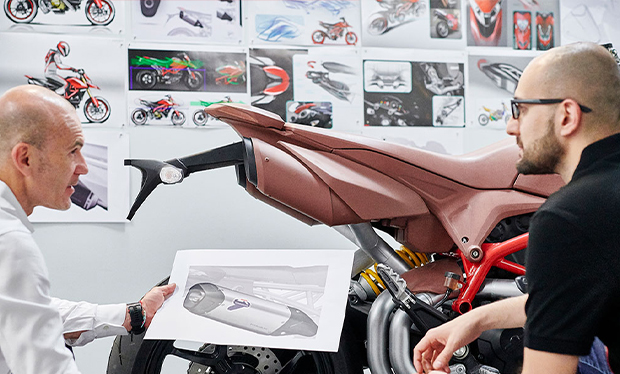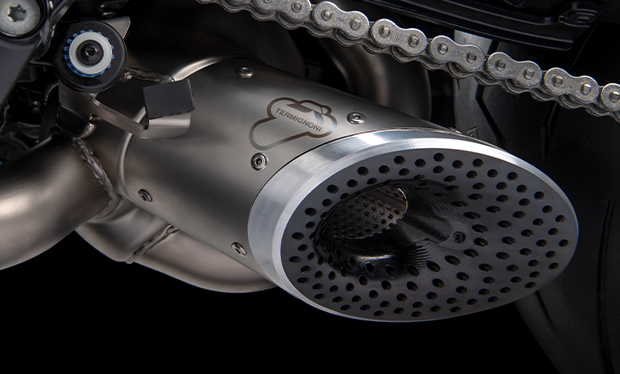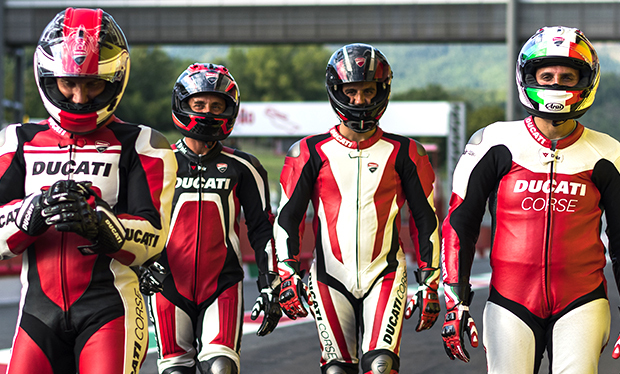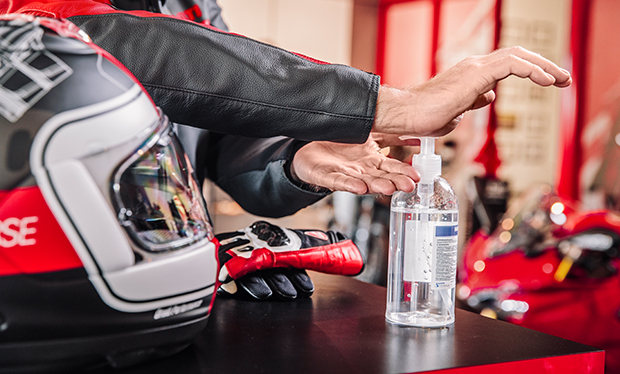- Models
- Configure your bike
- News
- Current Offers
- Racing
- Dealer Locator
- DWP 2025
-
Models
-
DesertX
![]()
-
Diavel
![]()
- Diavel V4
- Diavel For Bentley
Diavel -
Monster
![]()
-
XDiavel
![]()
- new XDiavel V4
XDiavel -
Hypermotard
![]()
- Overview
- 698 Mono RVE
- 698 Mono
- 950 SP
- 950
Hypermotard -
Multistrada
![]()
- Overview
- new V2
- new V2 S
- new V4
- V4 S
- new V4 RS
-
V4 Rally
![]() Multistrada V4 Rally
Multistrada V4 Rally- 170 hp Power
- 89.2 lb-ft Torque
- 525 lb Wet Weight (No Fuel)
Starting From $30,595 i - V4 Pikes Peak
-
V2 S MY24
![]() Multistrada V2 S MY24
Multistrada V2 S MY24- 113 hp Power
- 71 lb-ft Torque
- 485 lb Wet Weight (No Fuel)
Starting from $19,295 i - new V4 Pikes Peak MY25
Multistrada -
Panigale
![]()
-
Streetfighter
![]()
-
V4 Lamborghini
![]() Streetfighter V4 Lamborghini
Streetfighter V4 Lamborghini- 208 hp Power
- 90.4 lb-ft Torque
- 421 lb Wet Weight (No Fuel)
MSRP Starting From $68,000 i - new V4
- new V4 S
- new V2
- new V2 S
- V2 MY24
- V4 MY24
-
V4 S MY24
![]() Streetfighter V4 S MY24
Streetfighter V4 S MY24- 208 hp Power
- 90.4 lb-ft Torque
- 425 lb Wet Weight (No Fuel)
MSRP From $27,795 i - Streetfighter V4 SP2
- new V4 SUPREME®
Streetfighter -
V4 Lamborghini
-
SuperSport
![]()
-
![]()
-
Desmo450 MX
![]()
-
new
Desmo450 MX
![]() Desmo450 MX
Desmo450 MX- 63.5 hp @ 9,400 rpm Power
- 39.5 lb-ft @ 7,500 rpm Torque
- 231 lb Wet Weight (No Fuel)
$11,495 i
Desmo450 MX -
new
Desmo450 MX
-
E-BIKE
![]()
-
Limited Series
![]()
- new Panigale V4 Lamborghini
-
new
V4 Tricolore Italia
![]() Panigale V4 Tricolore ItaliaAn unforgettable day. To be re-lived forever.
Panigale V4 Tricolore ItaliaAn unforgettable day. To be re-lived forever.- 209 hp Power
- 89.5 lb-ft @ 11,250 rpm Torque
- 414 lb Wet Weight (No Fuel)
$85,000 i - new V4 Tricolore
- Ducati Speciale
- Ducati Unica
Limited Series
-
- Equipment
- Current Offers
- DWP 2026
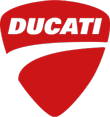
Bikes
DesertX
Diavel
Hypermotard
Streetfighter
Multistrada
Panigale
Off-Road
Supersport
E-BIKES
Equipment
Accessories
Racing
MotoGP
Superbike
OFF-ROAD
MotoE
Ducati World
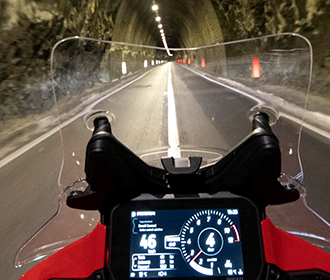
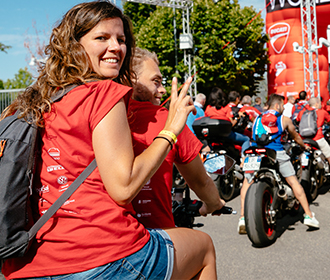
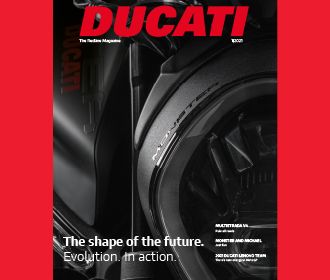
Events
Ducati Academy
Press Reviews
Travel With Ducati
Ducati Stories
News

News
Read the latest news stories to find out what is happening in the world of Ducati

DOC
Imagine enjoying new experiences, exploring breath-taking landscapes, participating in exclusive events. Join the Ducati family! Become a D.O.C. member!

Ducati Redline Magazine
A selection of the most exclusive content from the Ducati Redline Magazine. Download read the stories here!
Service and Maintenance

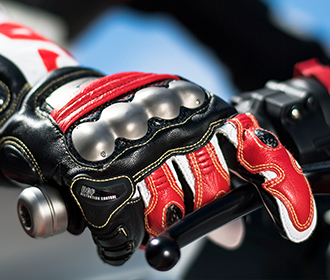

Maintenance
Connectivity
Dealer Network

Dealer Locator
Find you nearest Ducati dealership by using the Ducati Dealer Locator

Ducati Financial Services
From traditional financing to our exclusive Ducati Premier Financing, Ducati Financial Services offers a wide range of options and flexible terms.

Multistrada V4 Video Tutorials
Learn how to operate the features of the Multistrada V4 through these video tutorials
Corporate
Design
Corporate Social Responsibility
Partners
Fondazione Ducati
Borgo Panigale
Models
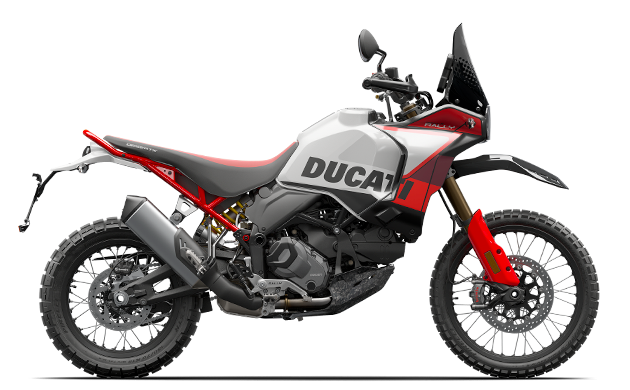
DesertX
New
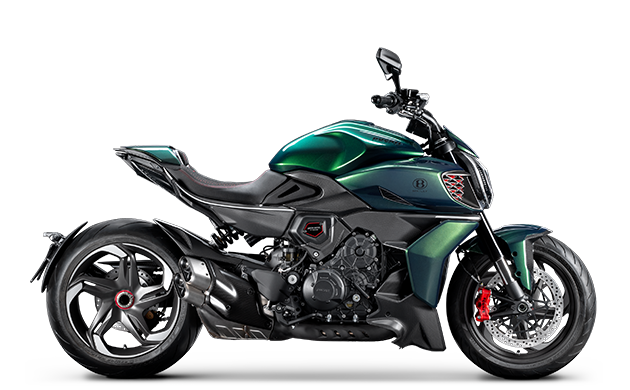
Diavel
New
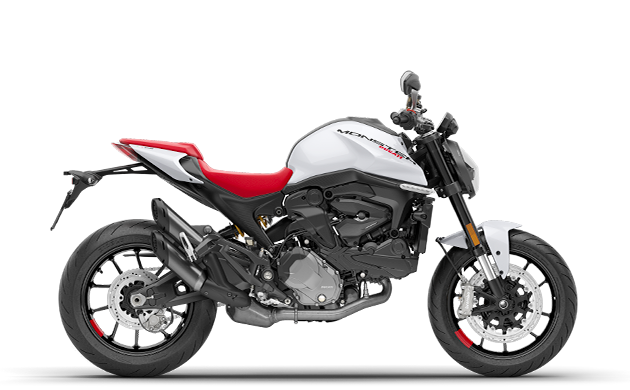
Monster
New
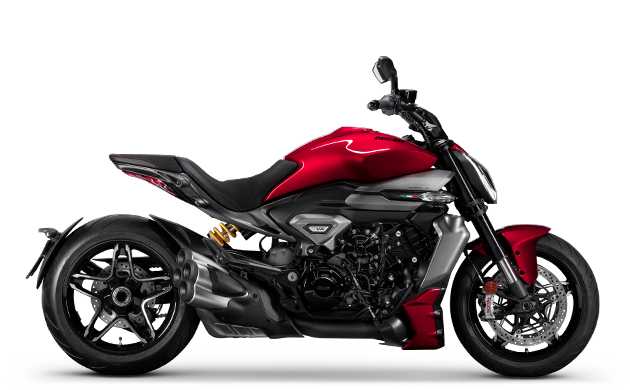
XDiavel
New
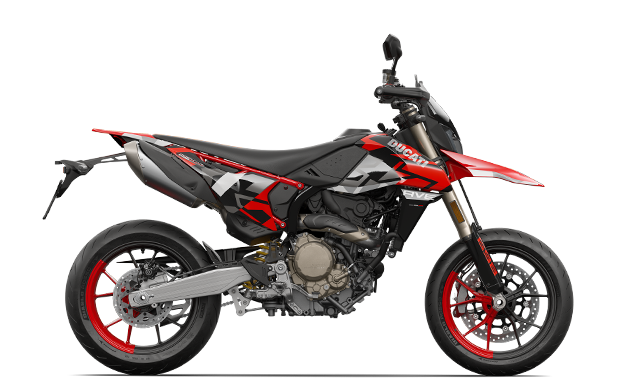
Hypermotard

Multistrada
New
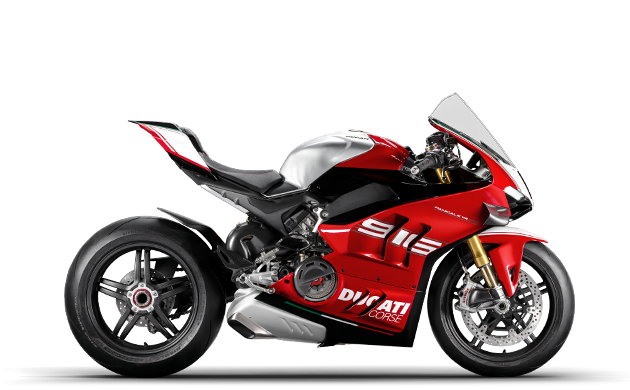
Panigale
New
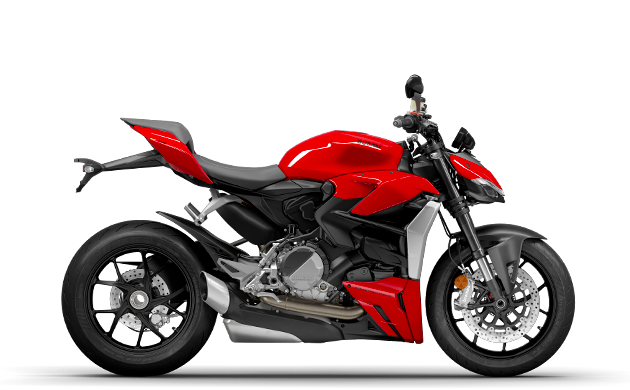
Streetfighter
New
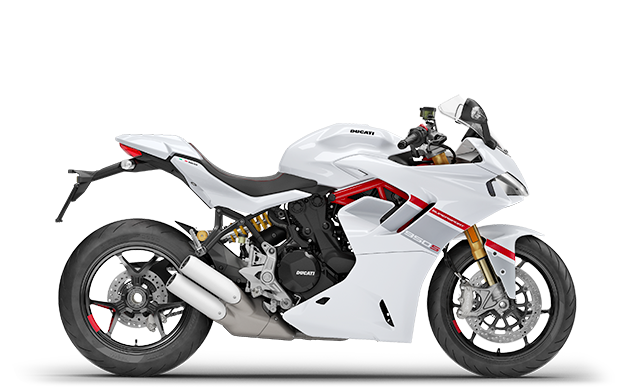
SuperSport
SCRAMBLER

Desmo450 MX
New
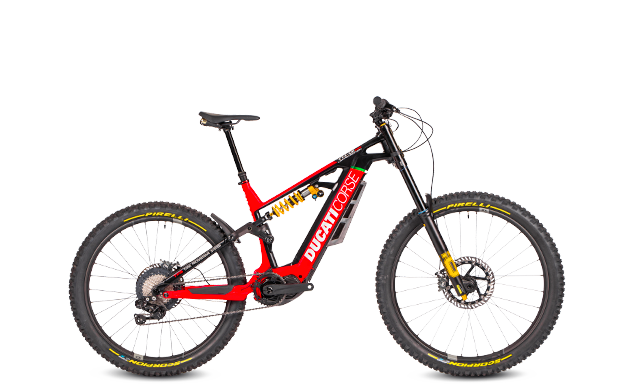
E-BIKE

Limited Series
Racing
- MotoGP
- Superbike
- Off Road
- MotoE
Ducati World
- Events
- Ducati Academy
- Ducati Press Reviews
- Ducati Travel Adventures
- Ducati Stories
- News
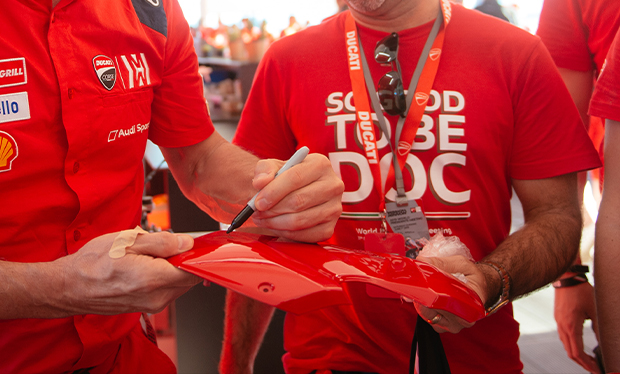
DOC
Imagine enjoying new experiences, exploring breath-taking landscapes, participating in exclusive events. Join the Ducati family! Become a D.O.C. member!
DOC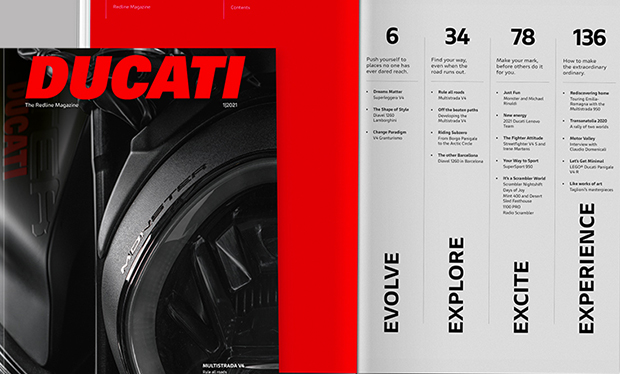
Ducati Redline Magazine
A selection of the most exclusive content from the Ducati Redline Magazine. Download read the stories here!
Ducati Redline Magazine
Equipment
- Accessories
- Apparel

Configurator
Choose the perfect Ducati for you and have fun configuring it according to your riding style.
Configurator
Service and Maintenance
- Services
- Maintenance
- Connectivity
- Dealer Network

Ducati Financial Services
From traditional financing to our exclusive Ducati Premier Financing, Ducati Financial Services offers a wide range of options and flexible terms.
Ducati Financial Services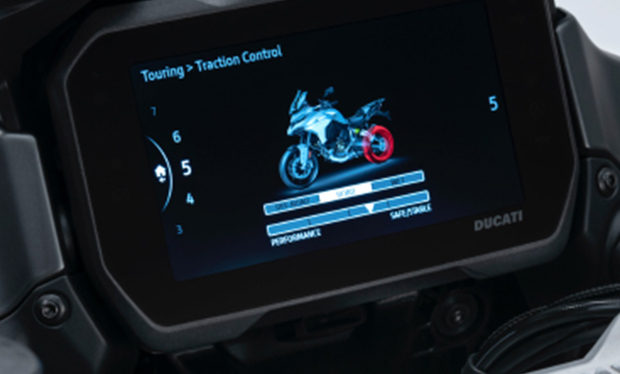
Multistrada V4 Video Tutorials
Learn how to operate the features of the Multistrada V4 through these video tutorials
Multistrada V4 Video Tutorials
Ducati Club
Corporate
- Who We Are
- Product Innovation
- Corporate
- Partners
- Fondazione Ducati
- Borgo Panigale
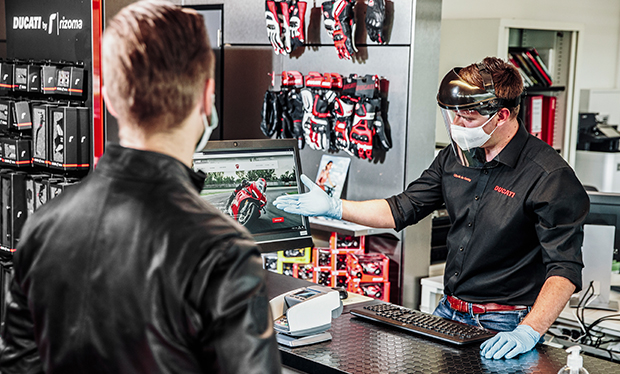
Customer Services
To make it easier for you to find your way around, we have created a list of the most frequently asked questions, divided into subject areas, along with their answers.
Customer Services125 GP Desmo
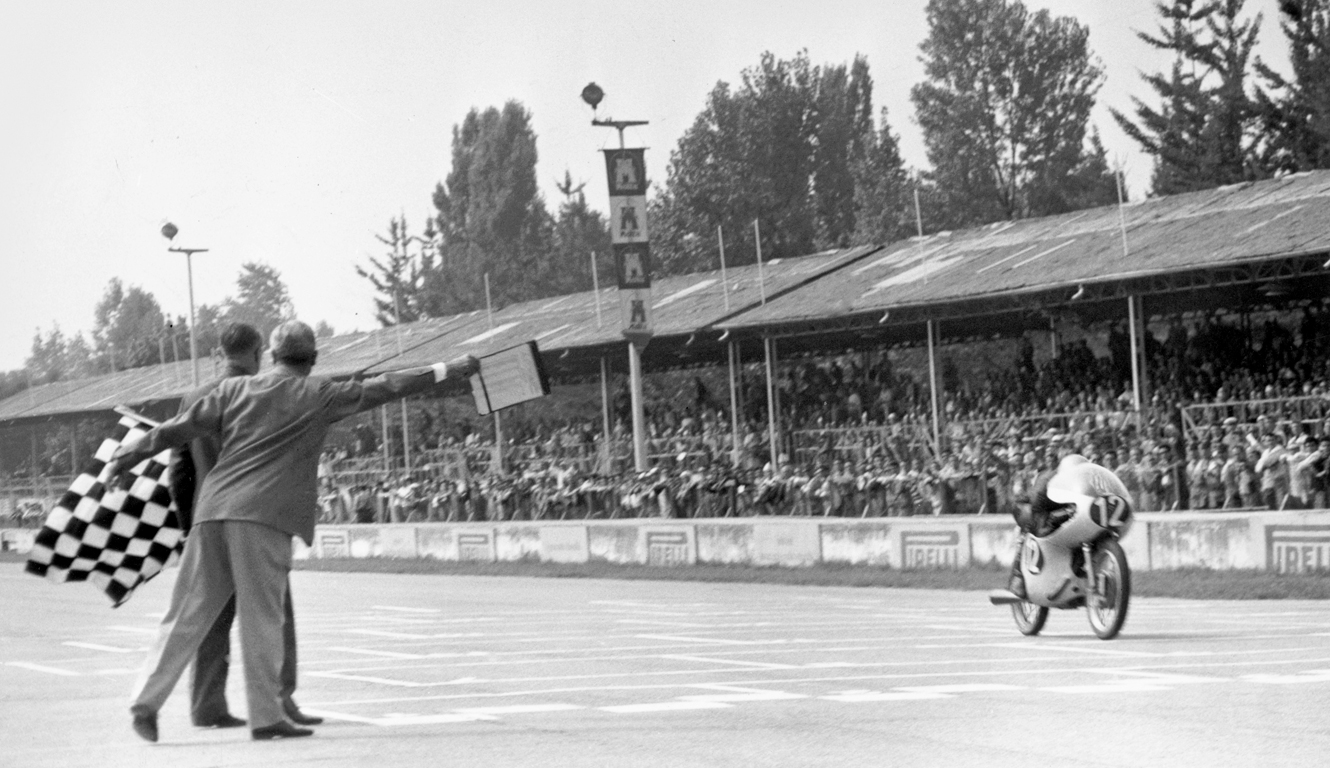
With the 1956 Desmodromic system, single-cylinder Ducati bikes reached the pinnacle of their performance. In this respect, the Trialbero Desmo 125 stands out as the first signature Ducati. Its birth was a crucial moment in the history of engineering applied to motorcycling. In an interview with Motociclismo, Taglioni said: “The main goal of this system is forcing the valve to follow the timing diagram as closely as possible, while the dissipated energy saved is almost negligible. The performance is more reliable and the operating safety is definitely enhanced”.
The engine and the frame of the two-cylinder, three camshaft 125 model sum up the context in place at its origin in the Fifties. From a technical standpoint, this was a golden age in the history of motorcycle racing. Indeed, international rules, as opposed to modern-day regulations, allowed designers to unleash their imagination and try every possible option.
In 1958, just one year before withdrawing from official racing, Ducati not only had launched its fantastic Trialbero Desmo 125 single-cylinder engine, but it also had developed the two-cylinder engine that finished third at Monza. Moreover, in the same period Taglioni was working on a four-cylinder two-camshaft solution!
|
|
|
|---|---|
|
Displacement
|
124,6 cc
|
|
Maximum power
|
19 hp at 13000 rpm
|
|
Maximum speed
|
Not available
|
|
Dry weight
|
Not available
|
|
|
|
|---|---|
|
Displacement
|
124,6 cc
|
|
Maximum power
|
19 hp at 13000 rpm
|
|
Maximum speed
|
Not available
|
|
Dry weight
|
Not available
|
 United States
United States
 DesertX
DesertX  Diavel
Diavel Monster
Monster XDiavel
XDiavel Hypermotard
Hypermotard
 Multistrada
Multistrada Panigale
Panigale Streetfighter
Streetfighter SuperSport
SuperSport
 Desmo450 MX
Desmo450 MX E-BIKE
E-BIKE
 Limited Series
Limited Series
